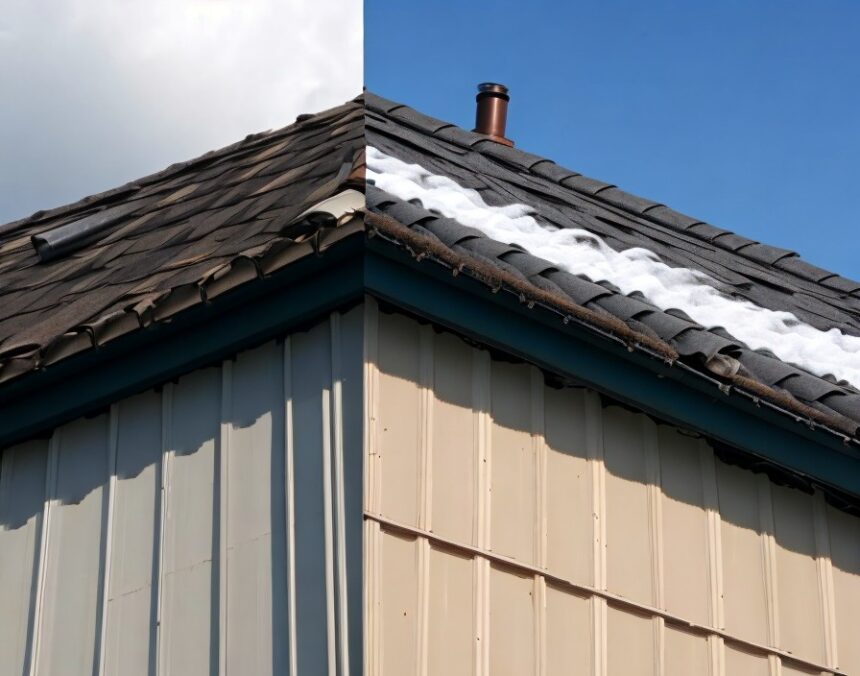Hail restoration refers to the process of repairing damage caused by hail storms, which can affect a wide range of structures, including residential homes, commercial buildings, vehicles, and agricultural facilities. Hailstones, which vary in size from small pellets to larger, baseball-sized ice balls, can cause significant damage to roofs, siding, windows, crops, and more. The hail restoration process involves several key steps to ensure properties are returned to their pre-storm condition or better.
Assessment of Damage: – The first step in hail restoration is assessing the extent of the damage. This often involves a professional inspection to identify all areas affected by the hail. Special attention is given to roofs, as they are most susceptible to hail damage. Damage indicators include dented or cracked shingles on roofs, broken windows, dented siding, and damage to air conditioner units.
Filing Insurance Claims: – Once the damage is assessed, the next step typically involves filing an insurance claim. Property owners are encouraged to document the damage with photos or videos and review their insurance policies to understand their coverage. The insurance company usually sends an adjuster to evaluate the damage and determine the claim amount.
Choosing a Restoration Contractor: – Selecting a reputable and experienced restoration contractor is crucial for hail damage repair. It is advisable to choose contractors with a strong track record in hail restoration, as they understand the specifics of dealing with hail damage and working with insurance companies. Beware of “storm chasers,” contractors who appear in areas recently hit by storms, as they may not offer quality services or warranties.
Restoration and Repair Process: – The restoration process begins once the insurance claims are settled. Common repairs include replacing damaged roof shingles, fixing or replacing broken windows, repainting and repairing dented siding, and other structural repairs. Depending on the severity of the damage, the process can vary from quick repairs to extensive renovations.
Preventive Measures: – In addition to repairing damage, hail restoration can also involve implementing preventive measures to reduce future hail damage risk. This might include installing impact-resistant roofing materials, protective window coverings, and hail guards for air conditioning units.
Agricultural Restoration: – For agricultural properties, hail restoration may involve assessing and dealing with crop damage, repairing damaged infrastructure like greenhouses and barns, and implementing strategies for soil and crop recovery.
Challenges in Hail Restoration: – The hail restoration process can be time-consuming and complex, requiring coordination between property owners, contractors, and insurance companies. Delays can occur due to high demand for services after a severe hail storm, and disputes may arise over insurance claim amounts. Ensuring quality repair work that lasts and adequately addresses all damages is also a crucial consideration.
Conclusion: Hail restoration plays a vital role in helping individuals, businesses, and communities recover from the impacts of hailstorms. Effective restoration not only repairs damages but also strengthens structures against future events, contributing to the overall resilience of the affected areas. Proper assessment, selecting the right contractor, and taking preventive measures are key aspects of a successful hail restoration process.
